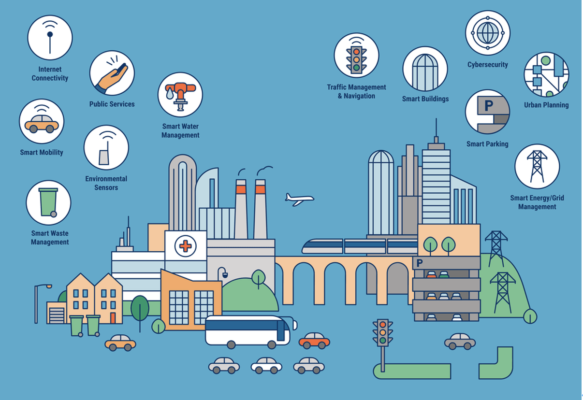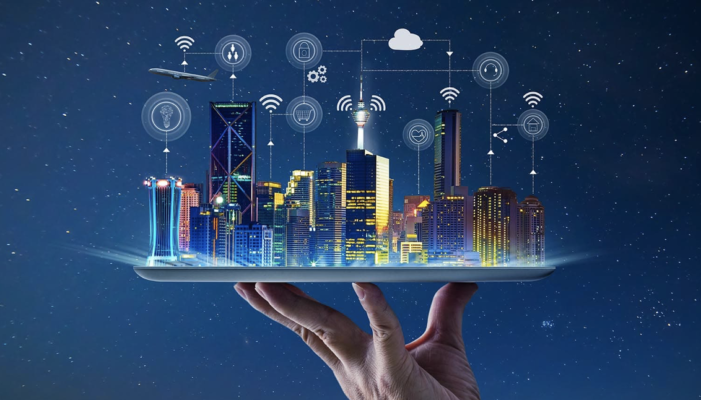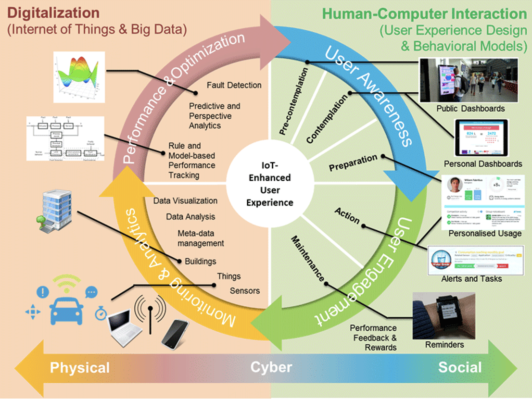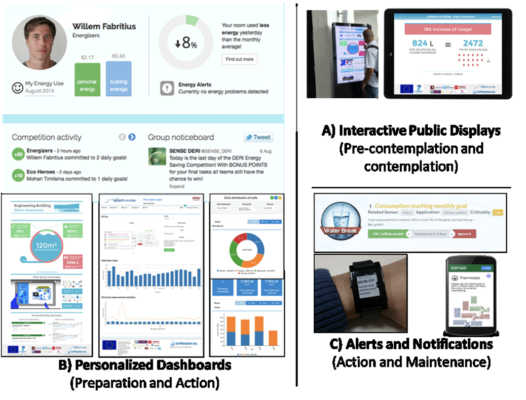 Source: https://www.cbinsights.com/research/what-are-smart-cities/
Source: https://www.cbinsights.com/research/what-are-smart-cities/
Overview
As more and more people move to cities due to rapid urbanization and population growth with an estimated 70% of the world population will be city dwellers by the year 2050, countries are looking for viable solutions to deal with the influx of people and the burden it will bring to the administrative systems. The integration of IoT into cities has come out as a feasible initiative in providing citizens better-living conditions and assisting governments in dealing with the stress of rapid urbanization.
How does Smart City work?

Source: https://jackby.com/xu-the-phat-trien-thanh-pho-thong-minh-tai-viet-nam/
It is difficult to define a smart city and in fact, a city can claim to be “smart” based on a variety of criteria, for example, application of Information and Communication technologies, implementing Electronic Governance, or adapting the concept of Sustainable Living. Several components constitute the foundation of a smart city, including Smart Transportation, Smart City Services, Smart Public Places, Smart Health, Smart Waste Management, etc.
Typically, there are four main aspects associated with them, which are the collection of data, transmission/reception, storage, and analysis. At the heart of a smart city is the Internet of Things (IoT), which refers to the ubiquitous connection of various devices to the Internet, allowing them to exchange data and receive commands to perform actions. In a smart city, IoT utilizes the power of sensors and wireless connections such as Wi-Fi networks, 4G, and 5G technologies to gather and send data about the city’s state to a data center, where raw data is processed and analyzed for decision-making purposes.
The benefits of using IoT to create smart cities have been proven by governments around the world. First and foremost, it improves the living conditions of city dwellers by providing them with proper services at the proper place and proper time. Citizens can quickly locate parking spaces, find information about congestion, arrange appointments to get their health checked, request repairment for infrastructure, or even fill out a complaint.
Moreover, Smart City has been proven to be a useful tool for administrators to better manage cities. The COVID-19 pandemic has emphasized the ability of Smart City to cope with public issues. Thermal and face recognition cameras with Artificial Intelligence are installed at public places to quickly spot possible infected individuals. Patients who haven’t been hospitalized could also be monitored by medical officials while getting treatments at home to control disease progression and prevent symptoms from getting worse.
Smart City Need Internet of Things (IoT)

Source: https://www.computer.org/publications/tech-news/research/smart-environments-iot-user-experience-psychology
A key driver in the development of Smart Environment is the use of technologies such as IoT and Big Data, which are empowering the digitalization of previously unconnected infrastructures with sensors and networks. IoT can be applied at both private and public levels to not only monitor the use of natural resources but also come up with better consumption management.
 Source: https://www.computer.org/publications/tech-news/research/smart-environments-iot-user-experience-psychology
Source: https://www.computer.org/publications/tech-news/research/smart-environments-iot-user-experience-psychology
Human-Computer interaction helps improve users’ awareness by setting up public or personal dashboards that provide information about the environment. Personalized data is essential in conserving resources as people can track their own usage of energy, water, fuel and come up with plans to reduce their consumption with the assistance of predictive and prescriptive analytics. Different users can have different data requirements to manage their consumption, from individuals managing their personal usage, business users managing their factories’ consumption, to city council managing distribution and consumption at the city level.
Conclusion
The potential and capabilities of Smart City and Smart Environment are nearly limitless and the growth of IoT applications to boost the development of these terms is inevitable. A long road still remains ahead as various technological challenges still need to be resolved and new infrastructures must be built, yet we can expect to see modern cities continue to evolve and transform over time.
References
1. https://www.computer.org/publications/tech-news/research/smart-environments-iot-user-experience-psychology
2. https://www.mdpi.com/2624-6511/4/2/24
3. https://www.cbinsights.com/research/what-are-smart-cities/
